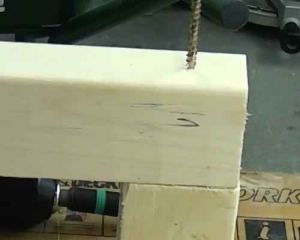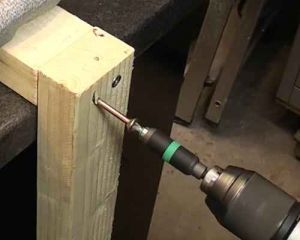Butt joints are an extremely common joint used in woodworking. There are several different types of butt joint such as a glued Butt joint, screwed butt joint, biscuit reinforced butt joint or a dowel reinforced butt joint. The important thing when making a butt joint is to ensure that the material is cut squarely, in most cases the timber requires cutting at 90 degrees so cutting the timber is best accomplished using a chop saw if possible.
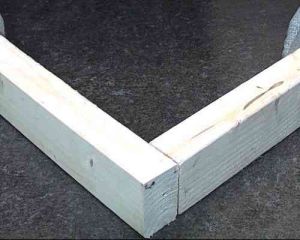
This demonstrates a butt joint using two pieces of 3*2 inch timber, as you can see one piece of timber is placed edge onto the other timber or "butted up" to the other piece of timber, hence the name Butt joint.
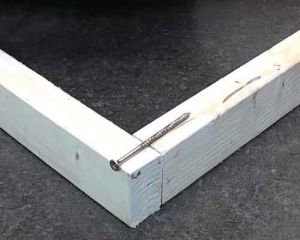
This picture demonstrates the length of screw that should be used to make a successful screw reinforced butt joint. You can see that the screw is roughly twice as long as the thickness of the wood that it is going through, this is essential for a strong joint. Glue can also be used along with the screws to make the joint even stronger. You can improve the joint by pilot drilling through the first piece of wood, this ensures a really tight joint!
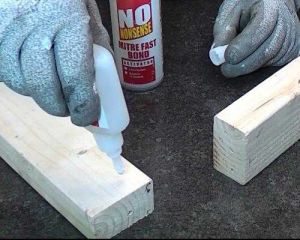
Glue can be used on it's own to make a butt joint but it will be very weak, hence screws are often used in conjunction with the glue. Here fast wetting wood glue has been used, once the glue is set two screws will be driven in using a drill/driver.



